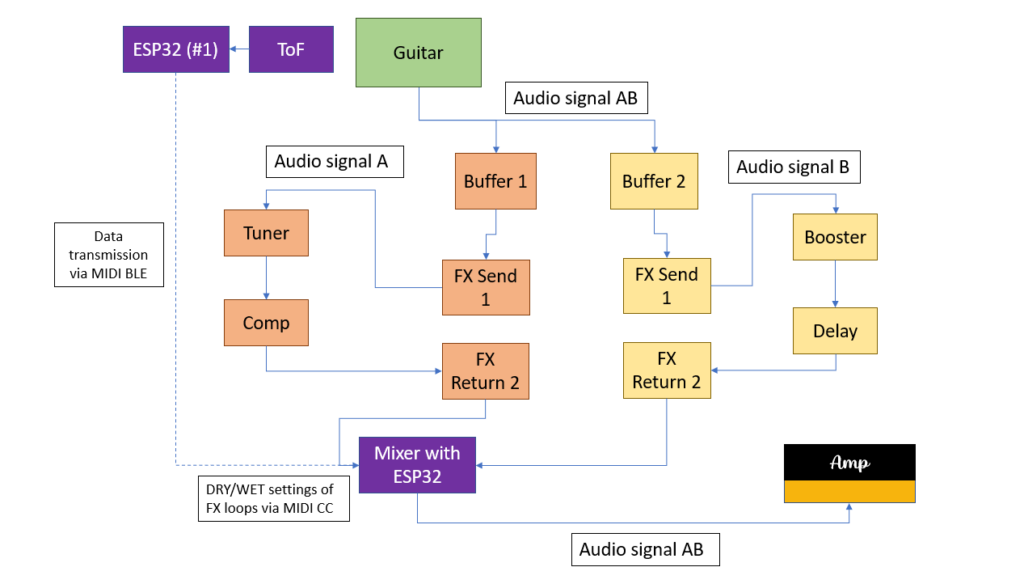Künstliche Intelligenz – ethisch “banal”? Über Herstellbarkeit und ethische Implikationen (schwacher) Künstlicher Intelligenz.
(eng.: Artificial intelligence – ethical “banal”? producibility and ethical implications of (weak) artificial intelligence)
By Clemens Lauermann BSc.
University: Karl-Franzens-Universität Graz
Level of Design
The Design of the Thesis seems to be as one would expect from a traditional master’s thesis. There is not much play around the traditional norm, although, at least in the version I read, all the footnotes were highlighted, which gave the first dull look a fun twist. The font is very sharp/thin with high contrast that I really enjoy reading. It adds everything with a layer of professionalism and correlates well with the topic of psychology. Throughout the text, you can find a lot of cursive highlighted words, which are subtle, but very nice in my opinion. Here and there are some pictures, which add nicely to the otherwise very text-heavy work.
Degree of Innovation
The thesis is definitely the topic of the time – even though it was written in 2018, it has become an even bigger discussion in 2022 guided by all the advancements made in AI Technology. Many Views are drawn from different subjects thus the thesis is a very interesting accumulation of different sciences of different times. Old principles are put into a new context.
Independence
It seems that the piece is written by a professional – tons of literature was used while also combining different views from different topics. Therefore, I would judge the thesis as rather independent and informative.
Outline and structure
Besides an introduction and the resume at the end, the author divided the piece into 3 topics which provided a great reading. The Views of Ai from the past until now – the difficulties with perception – ethical agents
Overall the work is strongly based on dissecting more difficult papers on psychology and philosophy which is sometimes hard to understand, as some principles are often very shortly mentioned. Still, on the surface, everything is understandable. Additionally, the work is well structured.
Degree of communication
I love that the subject is handled with a good amount of more difficult and also easy to understand principles. I could imagine, that someone who doesn’t like philosophy could have a more difficult time. Still, everything seems very professional and in a good length.
Scope of the work
Overall, the thesis provides 104 pages, with little to no pictures and a couple of links to videos in the end. Hence, there is tons of information inside the piece. Some chapters could even give more insight, but the author mentioned, that it would explode the number of pages. It fully covers if not more what someone would expect of a master’s thesis.
Orthography and accuracy
The Thesis is very well written. Sometimes it is more difficult to follow, as the author often refers to many different authors, which, if you are not fully focused, could make it impossible to understand, what is said, the first time. Other than other, I could not find any spelling nor other mistakes.
Literature
The Bibliography ranges from books from 1979 to online articles from 2018. What makes this thesis such a nice read is the diversity of topics, that were already discussed a long time ago while the new technology puts that into new perspectives. Additionally, there are a couple of video links from 1973 to 2018.
Lauermann, C.: Künstliche Intelligenz – ethisch “banal”? . über Herstellbarkeit und ethische Implikationen (schwacher) Künstlicher Intelligenz. Graz, 2018.
